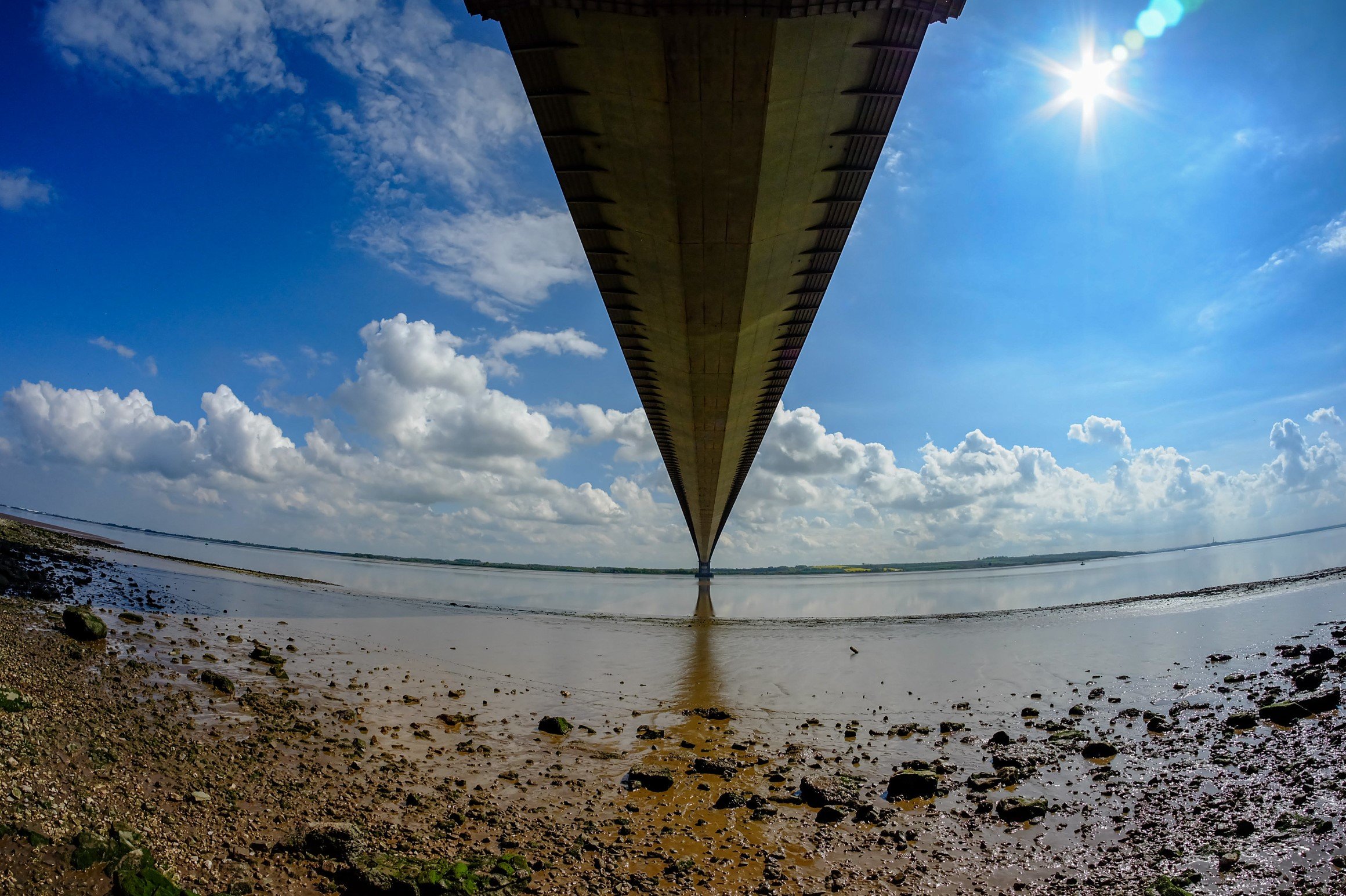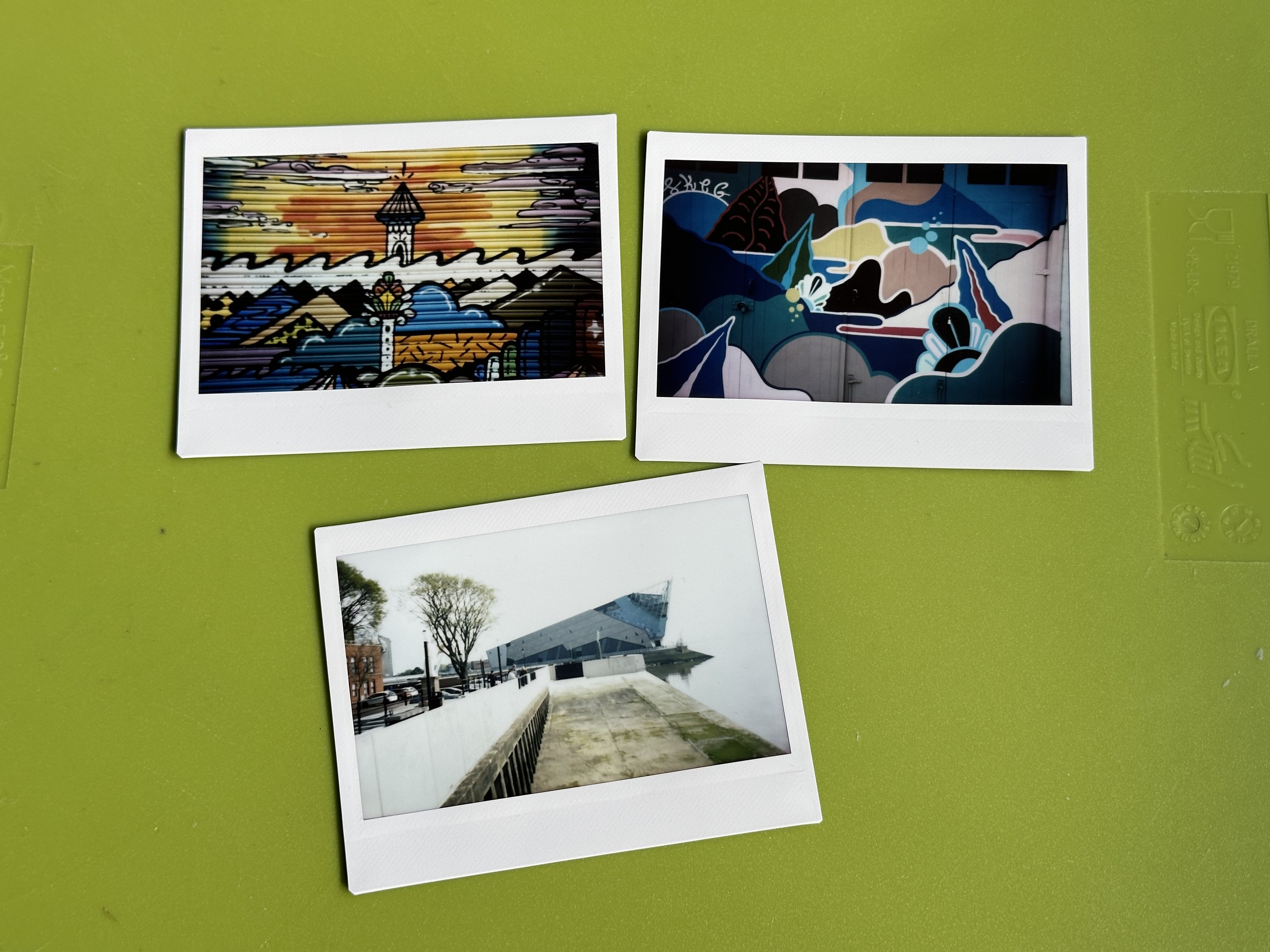makeKey("Control_1",100.07,21.29,17.38,17.38)
makeKey("Control_2",100.07,38.43,17.38,17.38)
makeKey("Control_3",100.07,55.58,17.38,17.38)
makeKey("Control_4",100.07,72.72,17.38,17.38)
makeKey("Control_5",100.07,89.87,17.38,17.38)
makeKey("Index_1",64.51,17.16,17.38,17.38)
makeKey("Index_2",64.51,33.99,17.38,17.38)
makeKey("Little_1",11.17,21.29,17.38,17.38)
makeKey("Little_2",11.17,38.43,17.38,17.38)
makeKey("Little_3",11.17,55.58,17.38,17.38)
makeKey("Little_4",11.17,72.72,17.38,17.38)
makeKey("Little_5",11.17,89.87,17.38,17.38)
makeKey("Middle_1",46.73,17.16,17.38,17.38)
makeKey("Middle_2",46.73,33.99,17.38,17.38)
makeKey("Ring_1",28.95,21.29,17.38,17.38)
makeKey("Ring_2",28.95,38.43,17.38,17.38)
makeKey("Ring_3",28.95,55.58,17.38,17.38)
makeKey("Ring_4",28.95,72.72,17.38,17.38)
makeKey("Ring_5",28.95,89.87,17.38,17.38)
makeKey("Thumb_1",82.29,21.29,17.38,17.38)
makeKey("Thumb_2",82.29,38.43,17.38,17.38)
makeKey("Thumb_3",82.29,55.58,17.38,17.38)
makeKey("Thumb_4",82.29,72.72,17.38,17.38)
makeKey("Thumb_5",82.29,89.87,17.38,17.38)
































